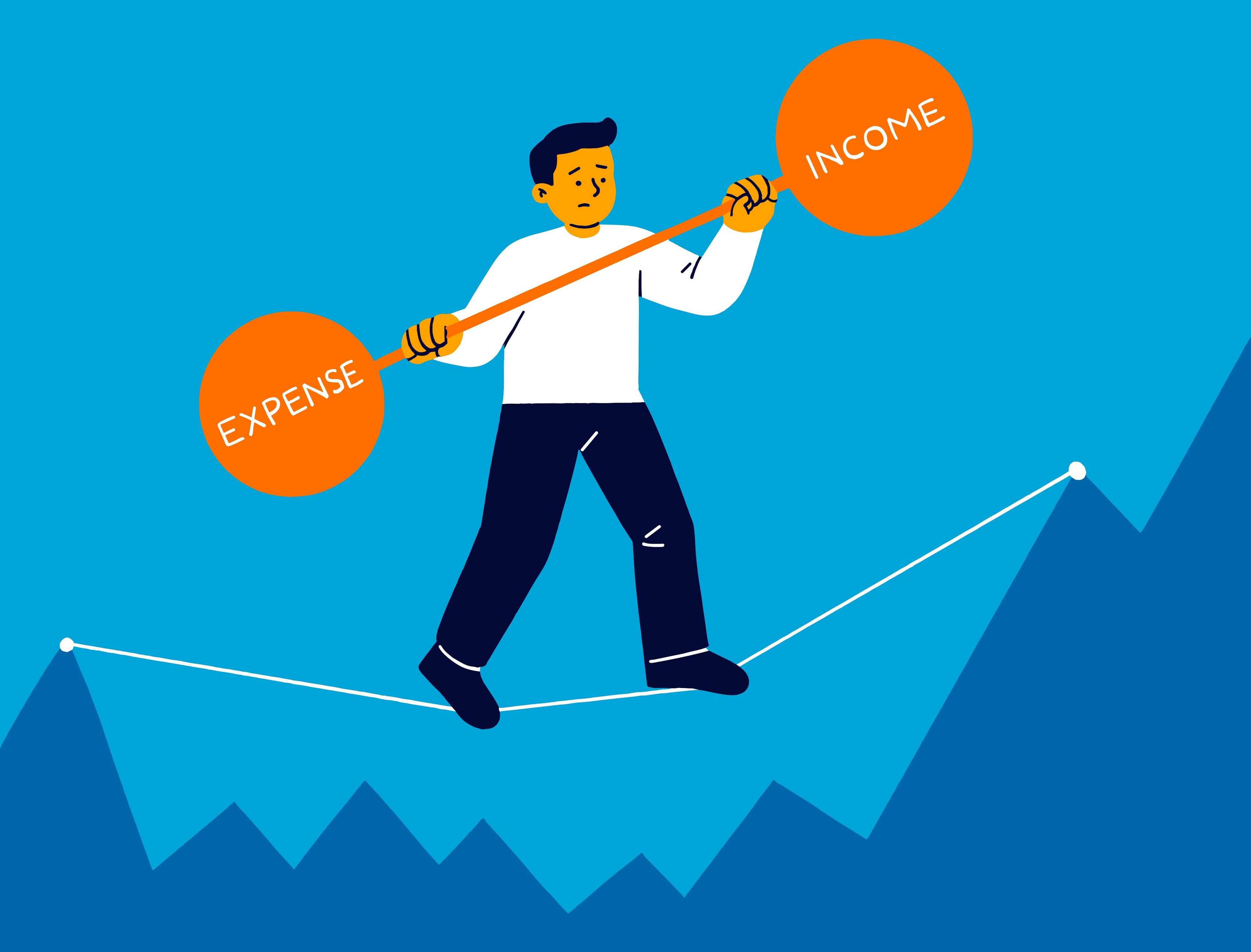Every few years, retirement rules shift in ways that can look technical on paper but feel very real in your pay slip. New contribution limits, special catch up windows, and fresh features like student loan matching tend to arrive through HR emails that are easy to skim and forget. Yet these quiet updates can change the size of your eventual nest egg if you respond to them with intention. The real question is not simply what the new 401(k) rules are, but how you should adjust your investment strategy so the updated benefits work in your favour rather than remaining unused potential.
At the core, the latest changes do three important things. They raise the maximum amount you can contribute each year as an employee and they increase the total combined amount that can go into your account when you add employer contributions. They expand the opportunities to contribute extra in the years when retirement is no longer a distant concept but a known date on the calendar, particularly for people in their fifties and early sixties. They also begin to link retirement savings more closely to other realities such as student loan repayments and the growing use of Roth treatment, where you pay tax now in exchange for tax free withdrawals later. Each of these shifts has implications for how you save, how you invest, and how you balance competing priorities.
A good starting point is to reset your mental benchmark for what it means to be on track. Many people set a contribution percentage in their twenties or thirties and then leave it untouched for years. The problem is that both the statutory limits and your income tend to rise over time. If your salary has grown but your contribution rate has stayed the same, you may be leaving room unused in a tax advantaged account. The new, higher elective deferral limits simply widen that gap. To respond, you can treat each rule change as an annual prompt to revisit your savings rate. Even a one percentage point increase, timed with a pay raise so that your take home pay still feels acceptable, can compound into a meaningful difference over a couple of decades.
The impact of these updates depends heavily on your life stage. For someone early in their career, the new limits are not an immediate ceiling you must rush to hit. They are more like an assurance that as your income grows, the 401(k) can grow with it. Auto enrolment and auto escalation features are increasingly common and many younger workers find themselves contributing at a modest default rate without having made a conscious decision. If this describes you, the first priority is to ensure you are at least capturing the full employer match, because that match is effectively part of your compensation. Once that is in place, you can slowly step up your contribution rate as your income rises, knowing that there is more than enough headroom before any statutory limit becomes an issue. A simple, diversified option such as a target date fund can handle the asset allocation for you while you focus on getting more money into the account in the first place.
Mid career savers often face a harder balancing act. In your forties and early fifties, you may be carrying a mortgage, raising children, helping ageing parents, and perhaps still paying off your own education. At the same time, these are often your highest earning years. The standard catch up contributions that begin at age fifty exist precisely for this stage of life. They allow you to contribute beyond the base limit and effectively use your higher income years to make up for any earlier shortfalls. The key is to avoid letting lifestyle creep absorb every pay rise or bonus. Each time a financial obligation ends, such as a childcare bill or a car loan, there is a decision point. That freed cash can either be redirected into higher contributions, including catch ups once you are eligible, or it can quietly disappear into small upgrades in day to day spending. The updated 401(k) rules simply enlarge the runway if you choose the first option.
For those approaching retirement, the special catch up window for ages sixty to sixty three introduces another strategic lever. In those four years, eligible workers can contribute significantly more than the standard catch up on top of the usual employee limit. For someone who discovers in their late fifties that their savings are behind where they need to be, this period can make a visible difference to the final account balance. However, taking full advantage of that window rarely happens by accident. It often requires a plan that begins a few years earlier, with a gradual increase in contributions so that by the time you reach sixty, you already know how to live on the reduced take home pay that corresponds to those higher savings levels. In that sense, the new rules invite you to look ahead rather than waiting until the last minute to react.
Tax treatment is another dimension that has evolved. Traditionally, many workers focused on pre tax contributions that reduce taxable income today and are taxed upon withdrawal in retirement. Recent changes, however, nudge higher earners toward Roth treatment for certain contributions, especially catch ups. With Roth, you give up the immediate tax deduction in exchange for the possibility of tax free withdrawals later, as long as the rules are met. Some employers are even starting to allow Roth treatment for their match. This creates an opportunity to think more deliberately about how you split contributions between traditional and Roth and how that decision lines up with your expectations about future tax rates and retirement income. If you expect to be in a lower bracket later, traditional contributions may remain attractive, but compulsory Roth catch ups for certain income levels mean you will naturally end up with a mix. Your investment strategy then needs to recognise that mix and plan withdrawals in a way that manages future tax exposure.
Another group that benefits from the updated benefits is workers with student loans. For years, younger employees have faced a trade off between paying down high interest debt and contributing enough to a 401(k) to receive the full employer match. Under new provisions, employers can treat qualifying student loan repayments as if they were employee deferrals for the purpose of calculating matches. In practical terms, this means you may be able to direct more of your cash flow to loan repayments while still receiving matching contributions into your retirement account. If your employer offers this feature, it is essential to learn exactly how it works. You will want to understand what counts as a qualifying payment, how the match is calculated, and whether you must contribute a minimum amount to the 401(k) alongside your loan payments. Once you know the rules, you can design a plan in which debt reduction and retirement saving no longer feel like opposing goals.
Inside the 401(k), the updated rules change the quantity of assets more than the principles of investing. If you increase your contributions to use the new limits and catch ups, a larger share of your overall wealth will sit in this tax sheltered account. That makes it even more important to have a clear asset allocation. Younger investors, who have decades before retirement, can usually afford a higher allocation to stocks, accepting short term volatility in pursuit of long term growth. As retirement comes closer, the focus gradually shifts toward capital preservation and income, which usually means increasing exposure to bonds and other relatively stable investments. If you use a target date fund, much of this glide path is automated. If you choose your own funds, you will need to review your allocation whenever your contributions change significantly or after strong market moves, so that your portfolio risk level does not drift away from your comfort zone or your time horizon.
The growing size of your 401(k) also raises questions about how it fits with other accounts. Tax advantaged space is valuable, and rising limits make it tempting to put as much as possible into the plan. At the same time, funds in a 401(k) are generally less accessible before retirement without penalties. If you expect major life transitions, such as starting a business, moving countries, or returning to school, you may want to keep some savings in more flexible vehicles even while you take advantage of the updated benefits. In other words, your investment strategy should balance tax efficiency with liquidity. The goal is not to maximise your 401(k) at all costs, but to use it thoughtfully as one part of a broader financial architecture that also includes cash reserves and taxable investments.
Turning these ideas into action usually involves a few simple but deliberate steps. First, find out exactly which of the new features your specific plan has adopted. Laws create possibilities, but employers choose which ones to implement and when. Some plans will embrace student loan matching and the full range of catch up options quickly, while others may phase them in slowly or not at all. Second, map your current contribution level against the new limits and against your household budget. This allows you to see whether there is room to increase contributions now, or whether you should aim to do so at the next salary review. Third, set specific triggers for future changes such as birthdays that move you into a new catch up band, or the final payment of a loan, so that you know in advance how you will redirect that freed cash.
Ultimately, updated 401(k) benefits are not just technical adjustments made by policymakers and plan administrators. They are an invitation for you to take a fresh look at how you are building your retirement income. If you respond by aligning your contribution levels with what you can realistically afford, by using catch up windows strategically, by making deliberate choices about tax treatment, and by investing in a way that matches your risk tolerance and time horizon, the new rules turn from abstract policy into practical progress. Retirement planning will always involve uncertainty about markets, careers, and future legislation. What you can control is how actively you use the tools that exist today and how quickly you adapt when those tools become more generous. The updated 401(k) framework expands those tools. Your investment strategy decides whether that expansion translates into a more secure future.














